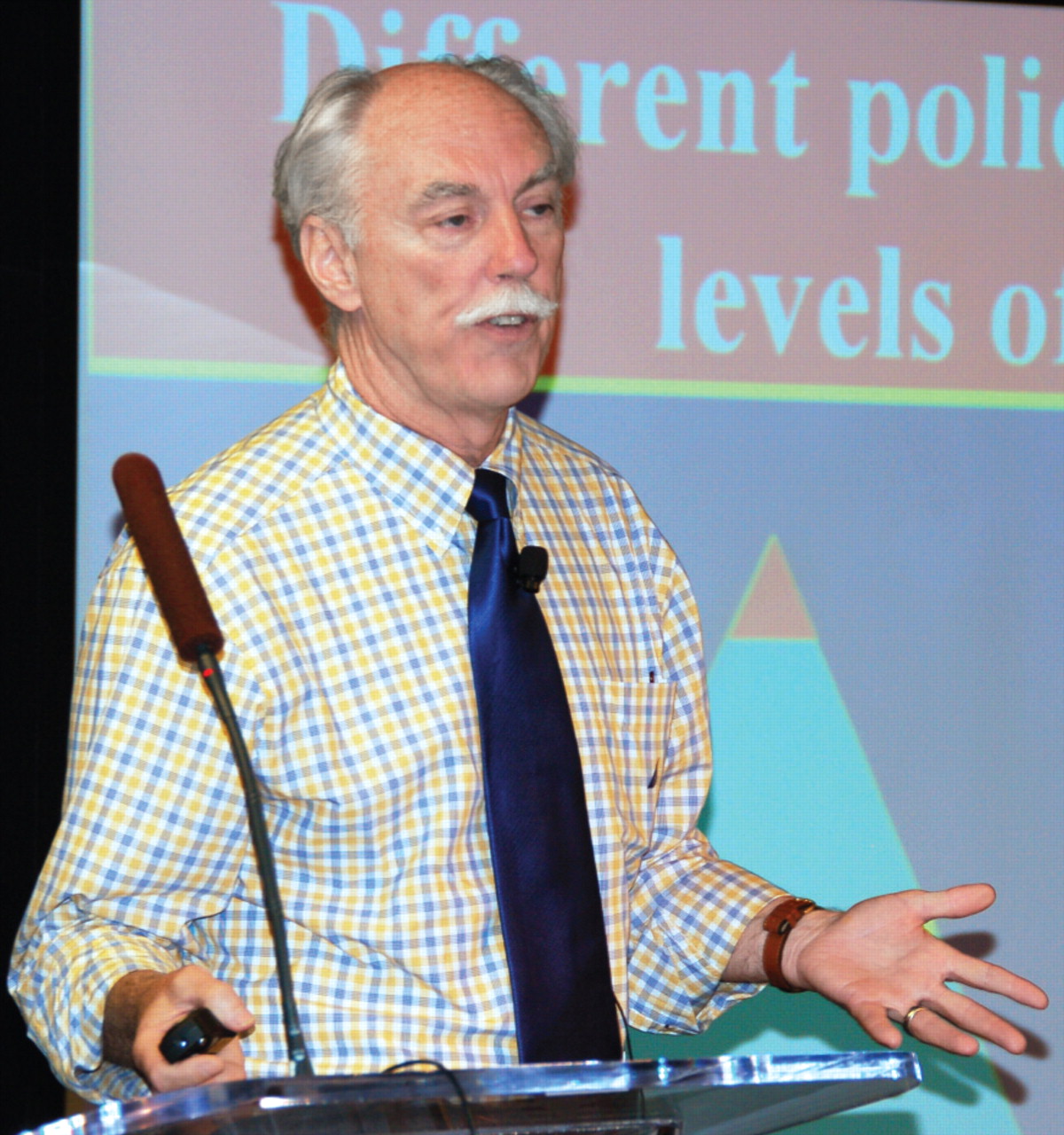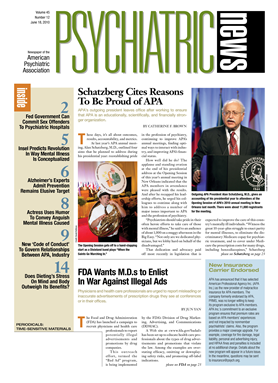A new national drug-control strategy announced in May places a heightened emphasis on the distribution of information to local communities on successful strategies for preventing and treating drug abuse (see
Five-Year Plan).
“We don't need more [prevention and treatment] programs,” said Thomas McLellan, Ph.D., deputy director of the White House Office of National Drug Control Policy, during a May drug-prevention event in Washington D.C., sponsored by the Mentor Foundation, a substance abuse prevention organization.
Instead of funding new programs, federal resources will be targeted to better and wider dissemination of the many effective evidence-based practices that have yet to be widely implemented.
McLellan emphasized that the new federal strategy does not include a significant shift in federal spending, which will continue to tilt heavily toward law enforcement rather than treatment and prevention.
The focus of some media and drug-legalization advocates on the uneven spending levels between law enforcement and prevention/treatment “is a construct that is designed to pit the prevention-treatment-recovery community against law enforcement,” said McLellan in an interview with Psychiatric News. “We don't buy [that division] one bit.”
Strong enforcement efforts are costly but crucial, he noted, because of the growing drug-trade-fueled violence in Mexico that some experts see starting to spill over the U.S. border, where drug-related violence is already a law-enforcement challenge.
McLellan said that the administration's new strategy would add $151 million to the $5.6 billion already in its Fiscal 2011 budget request for treatment and prevention of drug abuse. In the context of federal budget requests, the new funding is “not much money,” he noted, but it is only the smallest part of a five-year effort to increase the focus on prevention and treatment.
The new funding would help implement the Obama administration's first national drug control strategy, which will encourage local communities to adopt the most effective, evidence-based substance abuse prevention and treatment approaches available.
McLellan explained that the administration did not want to develop new programs, noting that there are enough government programs already. “We wanted to do something where we might reasonably leave infrastructure that might endure.”
The new strategy aims to collect and distribute information and implementation strategies on effective prevention and treatment programs to local communities and then let those communities tailor them to local conditions.
‘Spillover’ Benefits Sought
Among the lesser-used approaches that McLellan said have shown efficacy in research studies is combining prevention programs for seemingly disparate problems like substance abuse, depression, and teen pregnancy into coordinated and continuing educational efforts throughout adolescence. The combination approach stems from research that has found that the prevention programs can provide “spillover” benefits in preventing other unhealthy conditions.
The focus on continuous prevention education throughout the teen years also differs from the practice of many local education systems, which provide substance use prevention seminars to middle-school students and then leave the issue unaddressed through high school. Again, McLellan cited the evidence-based lifelong efficacy of continuing drug and alcohol education throughout the “high-risk” teenage years.
“Kids that don't [develop] an addiction problem—cigarettes, alcohol, other problems—by the time they are approximately [ages] 21 to 24 practically do not get them,” McLellan stated.
The emphasis on combined and ongoing prevention programs is, however, likely to provide the most benefit to suburban children from stable families, said Moddy Kiluvia, M.D., a former member of the APA Corresponding Committee on Treatment Services for Patients With Addictive Disorders, in an interview with Psychiatric News. Children from “the inner city” and those thrown into the foster-care system would need a much broader range of supports to avoid the cycle of addiction and incarceration.
“Most of the patients I see in Rikers [Island prison in New York] are self-medicating because of [past] trauma,” said Kiluvia, who is a part-time staff psychiatrist at Rikers.
Physician Role Emphasized
For adults, the new plan includes an emphasis on physician involvement. Many of the 68 million American adults whose drug and alcohol intake is at the level of “harmful use” but not yet “abuse” are regularly seen by physicians but are “mostly undiagnosed” as far as their substance use is concerned, McLellan said. Two or three routine questions are enough to identify most such patients, and then five to 10 minutes of counseling by clinicians trained to respond to someone with a substance use problem can help curtail such harmful behaviors before they develop into addiction.
That type of physician involvement is “the kind of thing that's eminently practical to do, and it will save a lot of money,” McLellan said, in terms of later hospitalizations or other far more expensive interventions.
Wilson Compton, M.D., director of the Division of Epidemiology, Services, and Prevention Research at the National Institute on Drug Abuse, agreed that clinicians have a greater role to play in reducing substance abuse. Specifically, physicians need to increase their awareness of opioid abuse and addiction linked to management of “medium” pain management, which has become a leading cause of accidental death. Those deaths have come despite the majority of opioid abusers having seen a physician in the month before they died, according to a study published in the December 8, 2009, Canadian Medical Association Journal.
“We see physicians playing a key role in this epidemic, and we'll be working closely with them to address it,” said Compton, in comments during the Mentor Foundation event.

